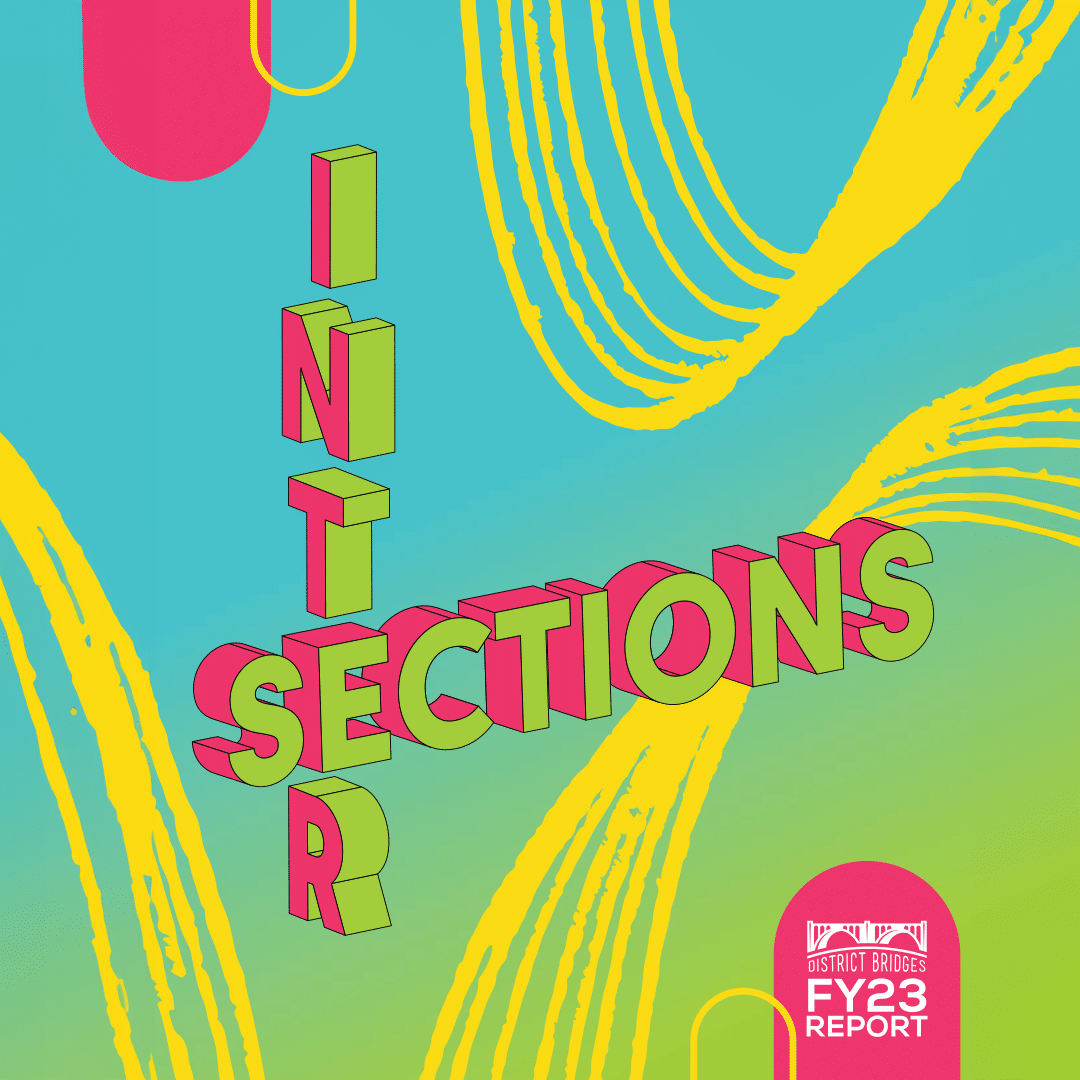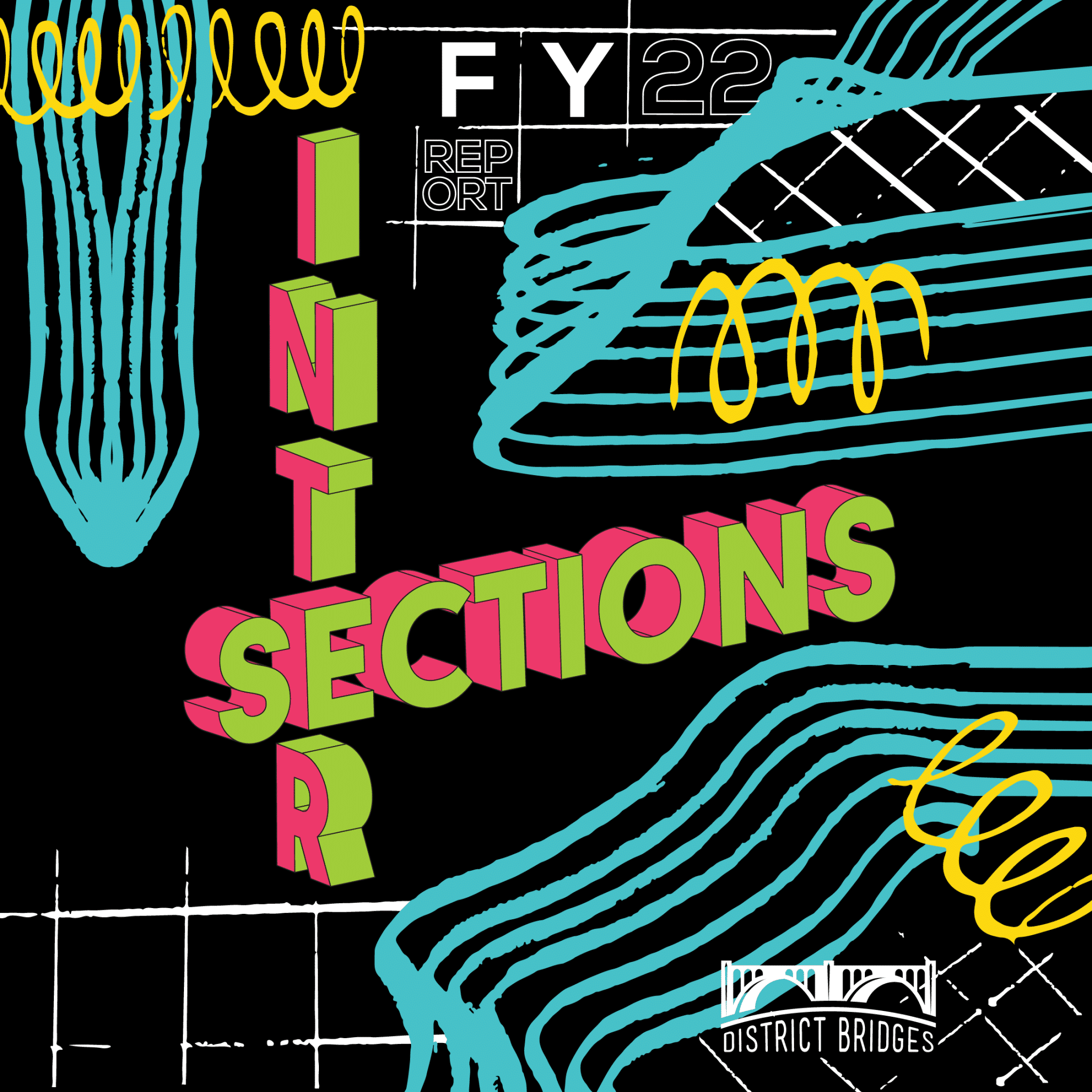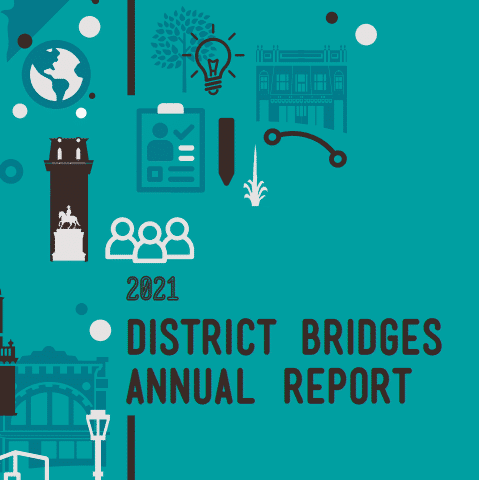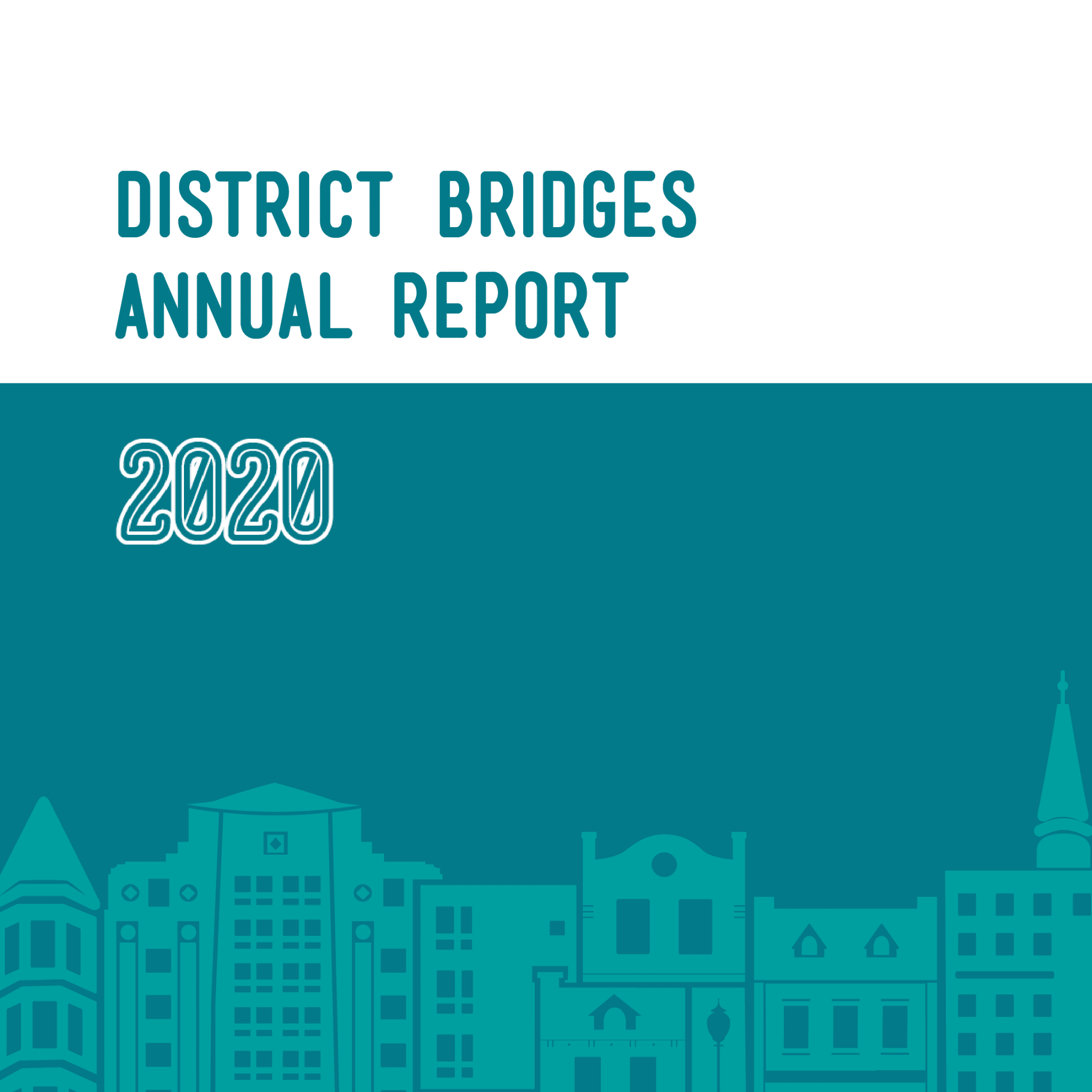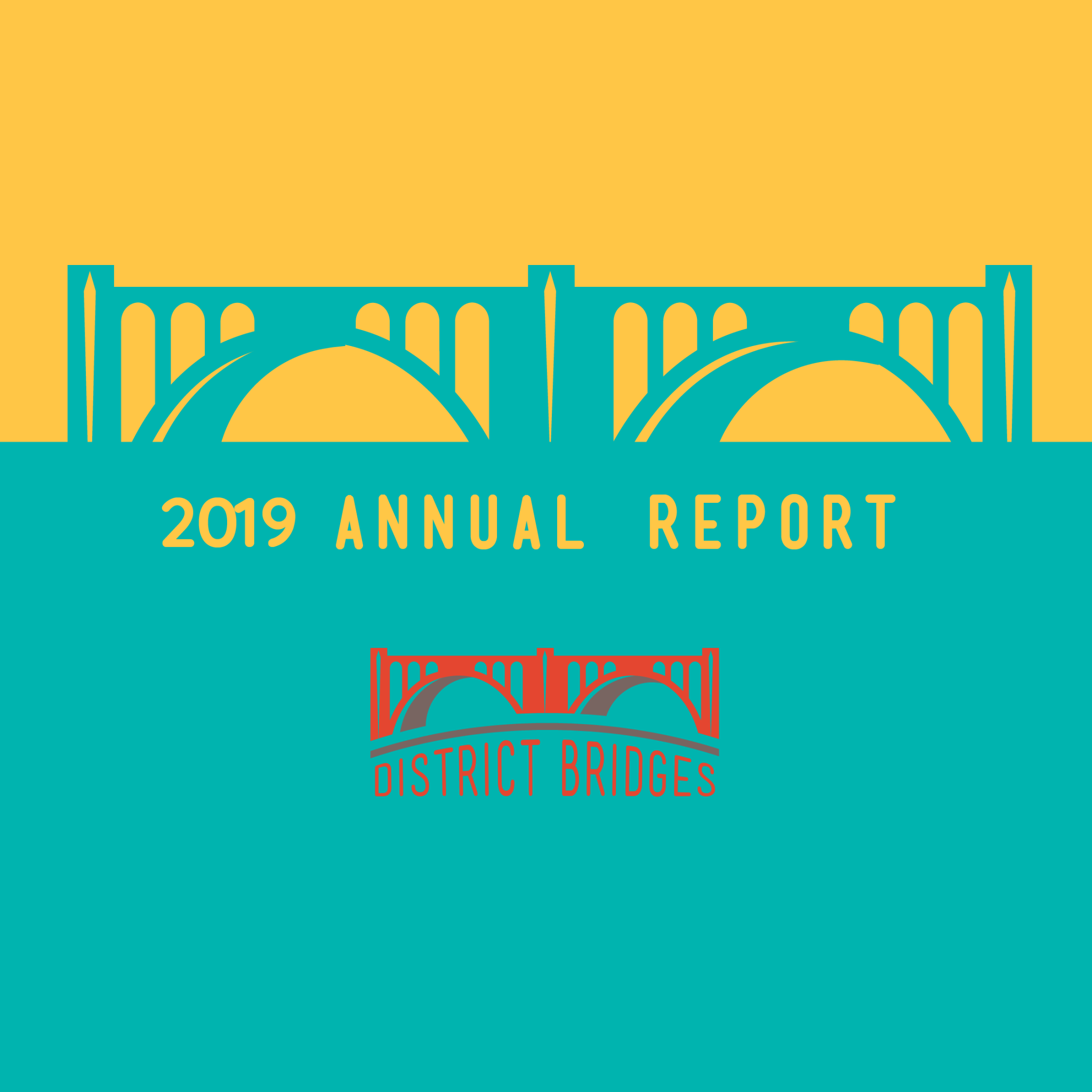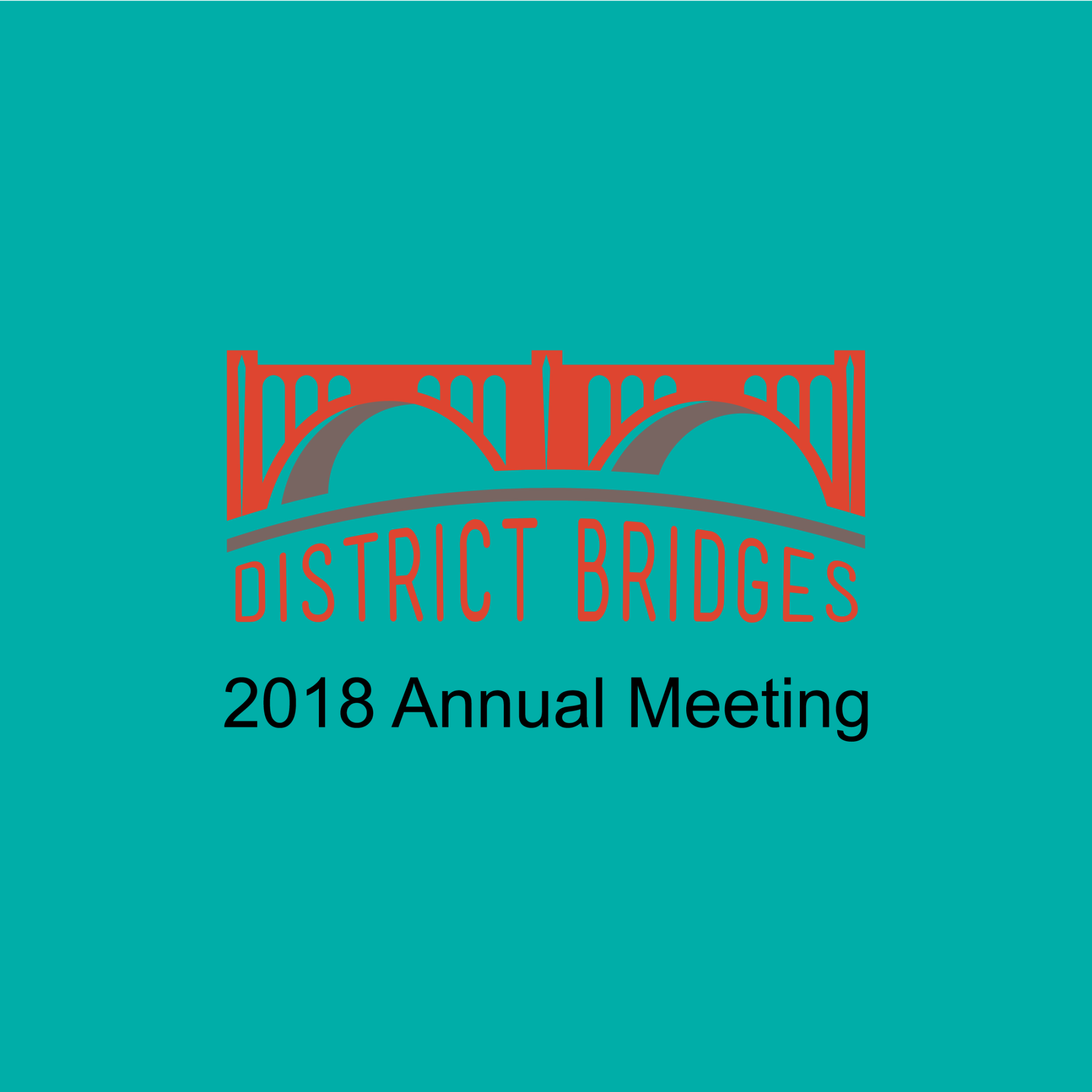Who We Are
District Bridges is a community ecosystem development non-profit working to bridge community engagement and economic development opportunities to foster equitable, resilient, and connected communities in DC and beyond. Founded in 2005 by neighbors in Columbia Heights, our values of relationship, collaboration, innovation, diversity, action oriented, fun, story, and inclusion drive our mission and work.
Our Story
District Bridges was born out of a collaborative grassroots effort, known as the Columbia Heights Initiative (CHI). CHI started as a group of neighbors who shared a vision for preserving the cultural diversity that made Columbia Heights vibrant while also celebrating local businesses and building a more inclusive and connected community. In 2005 these founding members organized the first Columbia Heights Day Festival. After ten years, the CHI board set out to develop an organization that could serve the community year-round, laying the foundation for what District Bridges has become today.
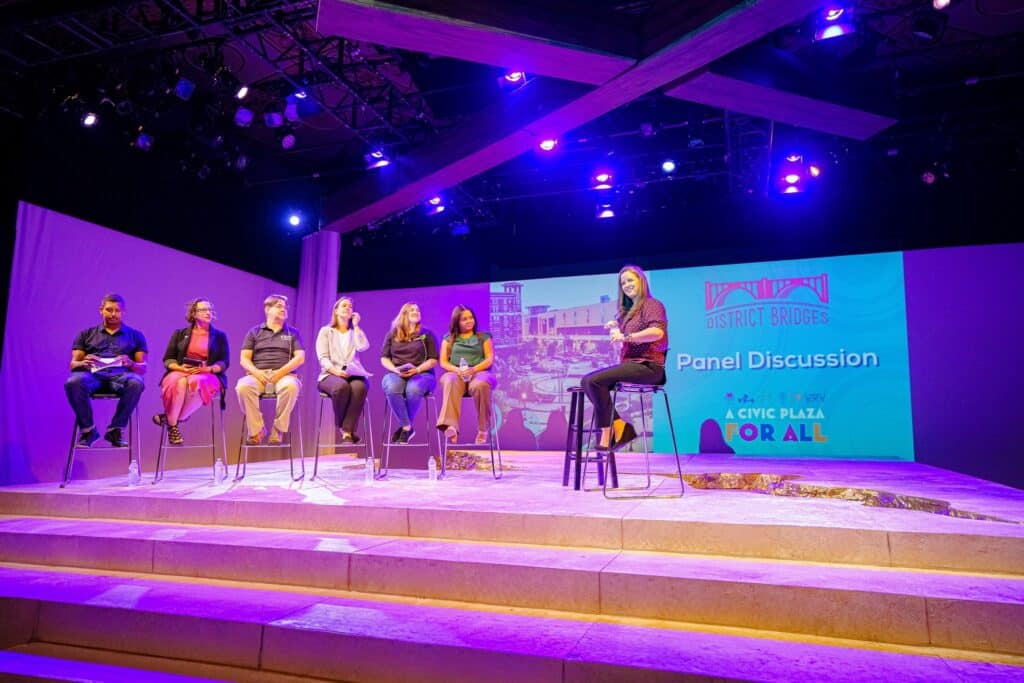
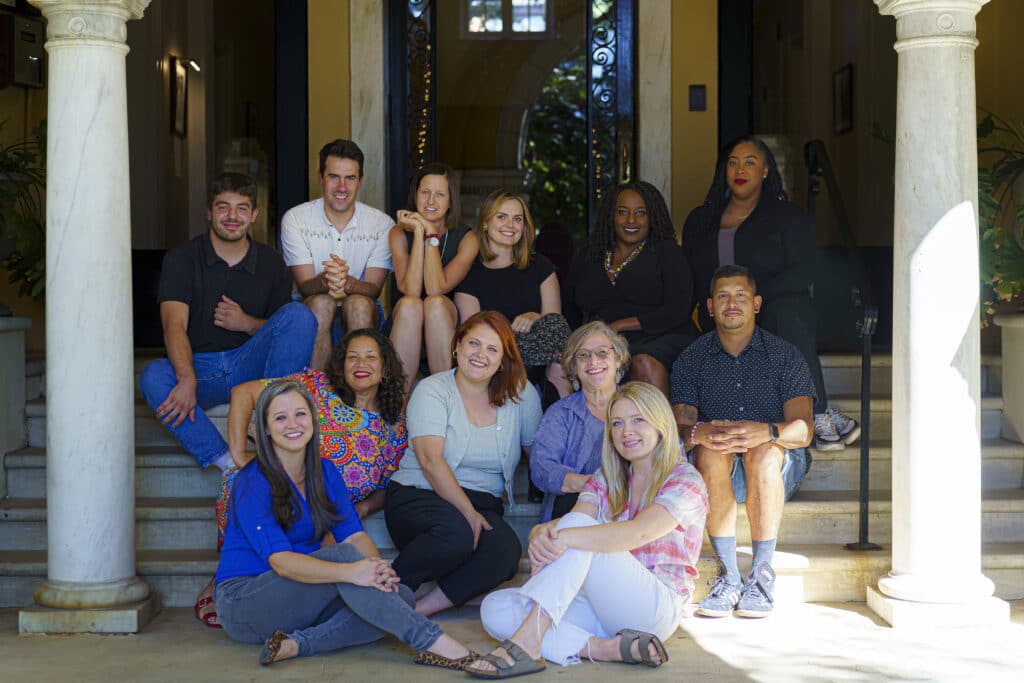
Since then, District Bridges has developed into an organization with a mission to enrich neighborhood vitality by bridging community engagement and economic development opportunities so individuals, businesses, and organizations can thrive together. With over 1000 small businesses across Washington DC.
A New Approach
Our approach is different in that we start from a place of collaboration and capacity-building, looking to strengthen the whole ecosystem in which we work. We pioneered a holistic approach to community-based economic development that brings the theoretical and the tangible together, focusing on continuous feedback and innovation. From this approach, we’ve started many exciting programs, including:
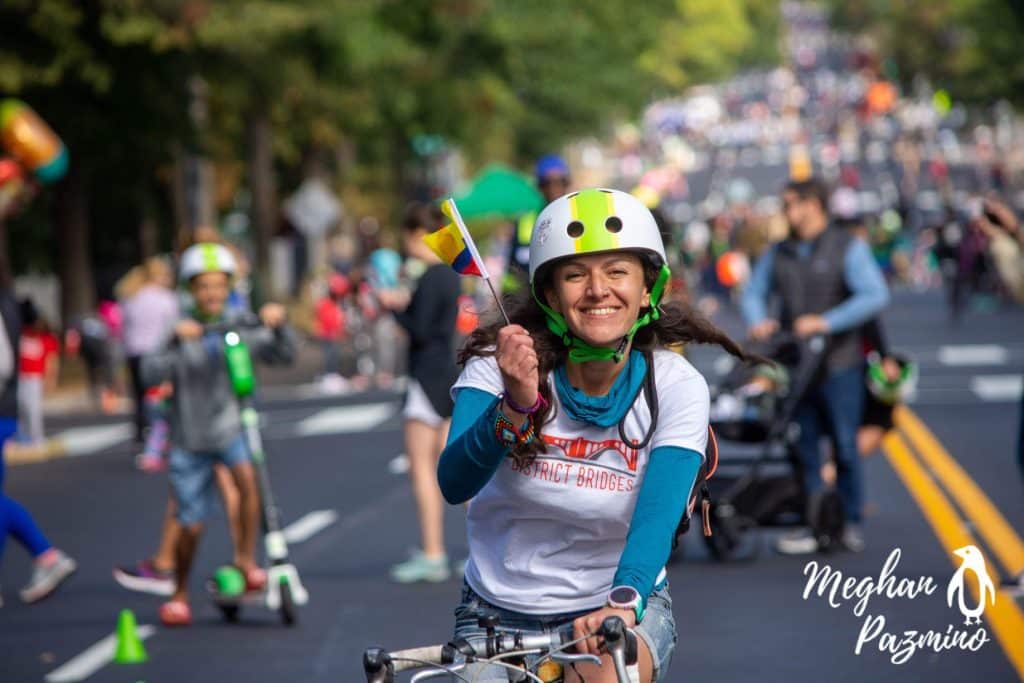



Our
vision
Our vision is to thrive together through equitable, resilient, and connected communities here in DC and beyond.
Sense of Place
Community-driven and designed action resulting in equitable, strengthened, and connected communities with a strong sense of place.
Impact
Impact-minded organization, setting the standard for nonprofit, community ecosystem development work.
Sustainability
Sustainable and self-determined small businesses and residents.

Our values
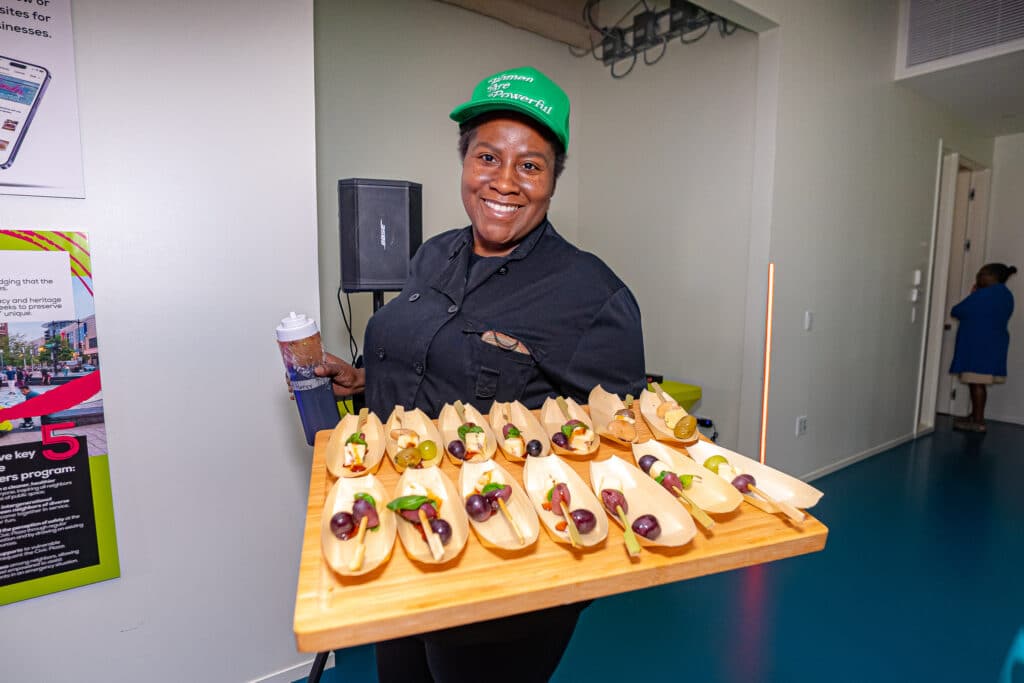
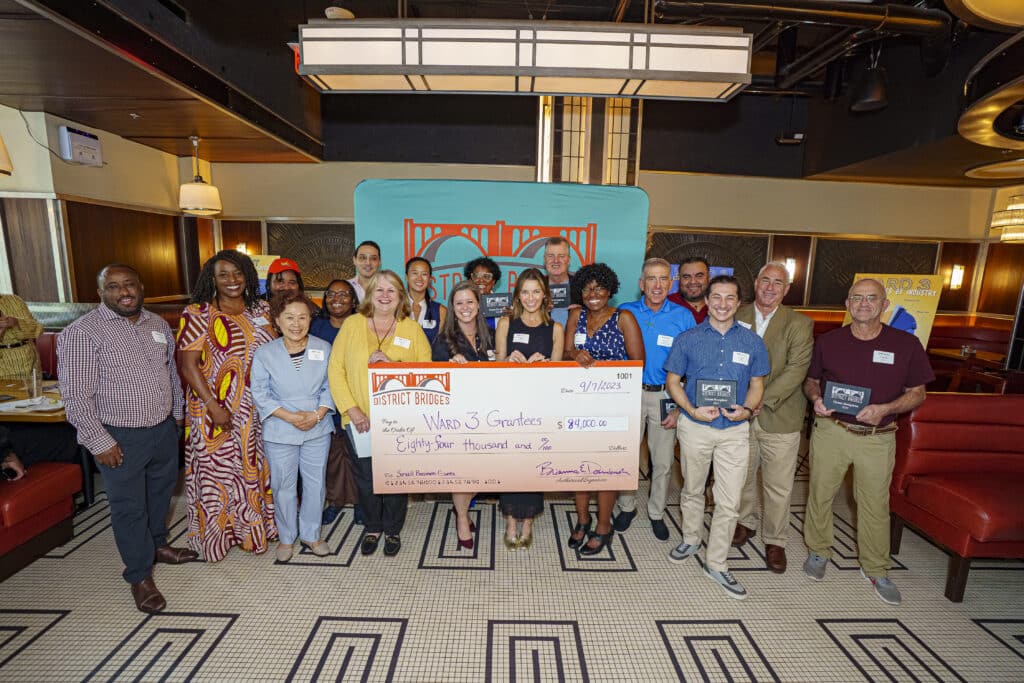
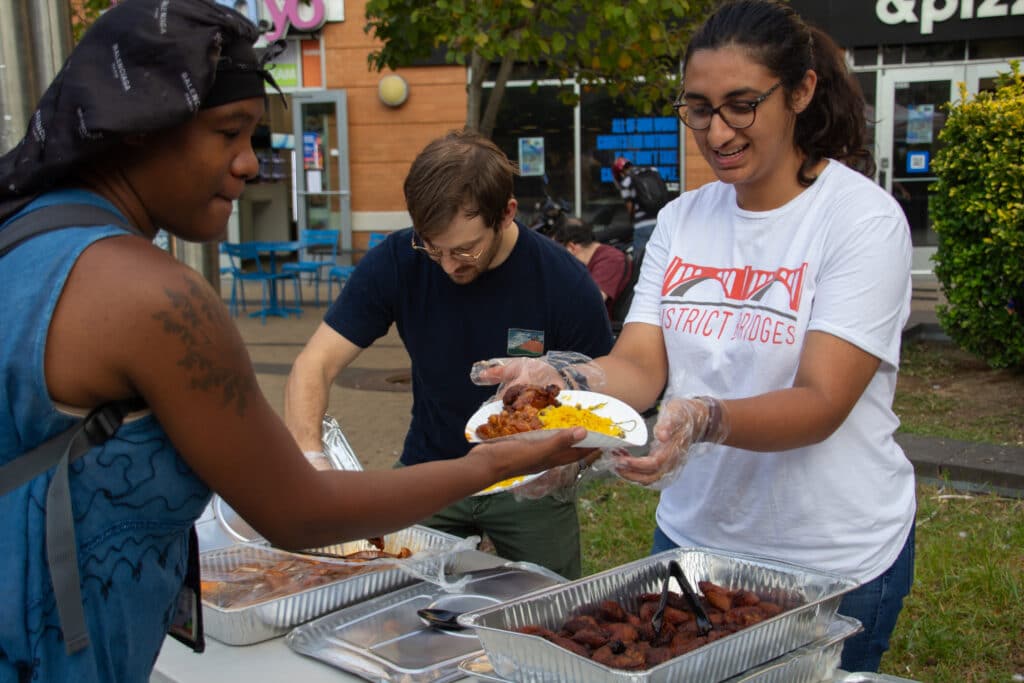
Relationships
The most central core of who we are comes from the relationships we forged. People get involved because they know and love their community. District Bridges is the team you get to choose.
Diversity
Diversity reaches across socioeconomic, racial, cultural, and generational divides. As an organization, we strive to represent this diversity in our leadership and programming.
Fun
We believe that people invest in community when they can laugh and have fun together. Laughter heals, we’re bringing more of that into community development.
Inclusion
At District Bridges, everyone–no matter their background or circumstance–has a place at our table. We work intentionally to ensure our programming is inclusive of everyone.
Impact-Oriented
Our organization was founded because people saw a need in the community and took action, hoping to make a positive difference. That value continues today.
Story
Whether it’s the story of a business or a resident, it’s valuable to us. Stories help us stay true to who we are and connect with new people and their stories!
Collaboration
We are fortunate to have a myriad of organizations and businesses that serve our community. We don’t need to recreate the wheel, we simply need to better connect our community with the resources already available to them. District Bridges seeks to be a connector and collaborator.
Innovation
We want to empower people to try new ideas. Sometimes that means we might fail. THAT’S OK! We believe innovation is essential to healthy development.
PLATINUM TRANSPArency
District Bridges is committed to transparency and accountability, and is proud of have earned Platinum status from Guidestar and Candid since 2019.

Our Racial Equity Statement
District Bridges strives to be an organization:
- That reflects the communities we serve and acts on our commitment to diversity and inclusion;
- That acknowledges institutional and systemic factors contributing to oppression and privilege and actively seeks to dismantle them, both internally and externally;
- Where persons of color occupy and retain senior leadership and decision-making positions; and
- That actively works internally, across our communities, and with partners to promote anti-racism.
In furthermore of these goals, we are focused on three key areas including:
Power
- Articulate how persons of color are disproportionately impacted by the issues we work on and how DB is working programmatically to combat this.
- Share Board Matrix with staff and identify opportunities to strengthen staff/board relationships.
- Update Accountability chart to better reflects decision-making power in the organization and articulate inequities.
- Identify and establish institutionalized ways that we can support and build up the capacity and leadership of our team members of color.
- Ensure that our budget and resources demonstrate our commitment to racial equity.
Program
- Articulate how persons of color are disproportionately impacted by the issues we work on and how DB is working programmatically to combat this.
- Clarify how DB advocates for the inclusion of racial equity issues when working in coalition or partnership with other groups.
- Identify how we can better acknowledge and integrate the various cultural experiences of our stakeholders into our work.
- Identify best practices and develop a racial equity impact analysis for use when proposing internal practices, procedures, and policies, ensuring that this is also reflected in our strategy screen.
People, Policies, and Culture
- Articulate how persons of color are disproportionately impacted by the issues we work on and how DB is working programmatically to combat this.
- Identify best practices and develop a policy for diversifying vendors to focus on local organizations owned by persons of color.
- Identify how we can improve our benefits package to reflect the varying needs of our team members of color and resources needed to implement, and develop both plan to implement and regular feedback loops to ensure team members are able to inform us of additional needs. Identify and set aside resources for staff training to ensure the team has tools to address issues of racism and other forms of oppression as they arise in work.
- Revisit performance measures and determine how best to incorporate evaluation around staff’s ability to respond to race-based oppression and advance racial equity in their work.
- Identify ways the organization can better encourage, welcome, and celebrate multiple forms of cultural expression in the workplace setting and implement.
- Identify ways the organization can better reflect, affirm, and welcome our team members’ experiences in the ways we come together as a community.
Annual reports
See what we’ve been up to over the years.
